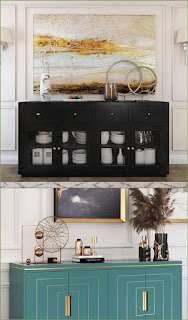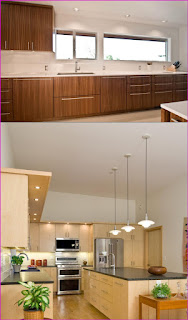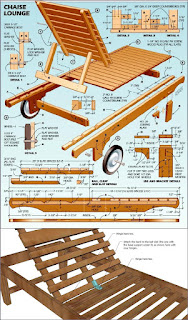Wood Pallet Queen Bed Frame
Repurpose and Reimagine: Building Your Own Wood Pallet Queen Bed Frame
Tired of cookie-cutter furniture and exorbitant prices? Craving a unique, rustic, and undeniably stylish bedroom centerpiece? Then look no further! This guide will walk you through the rewarding process of constructing a stunning queen-sized bed frame from reclaimed wood pallets. This project combines sustainability with creativity, resulting in a one-of-a-kind piece that reflects your individual style and saves you a significant amount of money. Prepare to unleash your inner DIY enthusiast!
Gathering Your Materials: The Foundation of Your Project
Before you dive into the satisfying clang of hammer against nail, meticulous planning is crucial. This ensures a smooth and efficient building process. Your material list needs to be precise. You'll need approximately six to eight standard-sized pallets (depending on the desired height and sturdiness of your frame), each carefully inspected for damage and treated for pests. Remember, safety first! Always wear appropriate safety gear, including gloves and safety glasses. Beyond the pallets, acquire the following:
- Heavy-duty screws: Opt for exterior-grade screws for enhanced durability.
- Wood glue: A strong wood adhesive will reinforce the joints.
- Sandpaper: Various grits (coarse, medium, fine) for achieving a smooth finish.
- Wood stain or paint: To personalize the aesthetic of your bed frame.
- Measuring tape and level: Essential for accurate measurements and ensuring stability.
- Drill and drill bits: To pre-drill holes for easy screw insertion.
- Safety glasses and work gloves: Protection is paramount!
Disassembling and Preparing the Pallets: A Careful Approach
Now comes the slightly more demanding task of pallet disassembly. Proceed with caution. Many pallets are treated with chemicals, so wear gloves and a mask. Use a hammer and crowbar to carefully pry apart the boards, taking note of any damaged or unusable wood. Once disassembled, meticulously inspect each board. Discard any splintered, cracked, or excessively warped pieces. Sand each board thoroughly, starting with coarser grits and progressing to finer ones, to remove any splinters or rough edges, ensuring a smooth, comfortable surface for your mattress.
Constructing the Frame: Bringing Your Vision to Life
With your prepared boards, it’s time to build! This process will vary depending on your design preferences. However, a common approach involves creating a sturdy rectangular frame using the longest and strongest pallet boards. Reinforce the corners using wood glue and screws. For added strength and a more finished look, consider creating a headboard and footboard from additional pallet wood, possibly incorporating decorative elements like reclaimed metal or fabric. Remember to regularly check your measurements and ensure all corners are square and level. Patience is key during this phase; precision is essential for a stable and long-lasting bed frame.
Finishing Touches: Enhancing Your Masterpiece
Once the frame is assembled, sand any remaining rough edges and apply your chosen stain or paint. Allow ample drying time before placing your mattress. Consider adding a protective sealant to enhance the lifespan of your creation and make it more resistant to wear and tear. This final stage is your chance to showcase your creativity. You might choose a rustic, natural look with a simple stain, or add a pop of color with vibrant paint. The possibilities are endless, allowing you to tailor your bed frame to your unique style and bedroom décor. Congratulations! You've successfully created a stunning, unique, and sustainable queen-sized bed frame. Enjoy the satisfaction of your handiwork and your new, beautiful bed.







